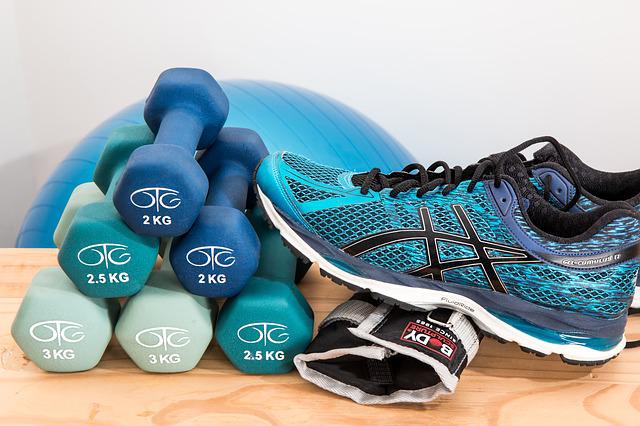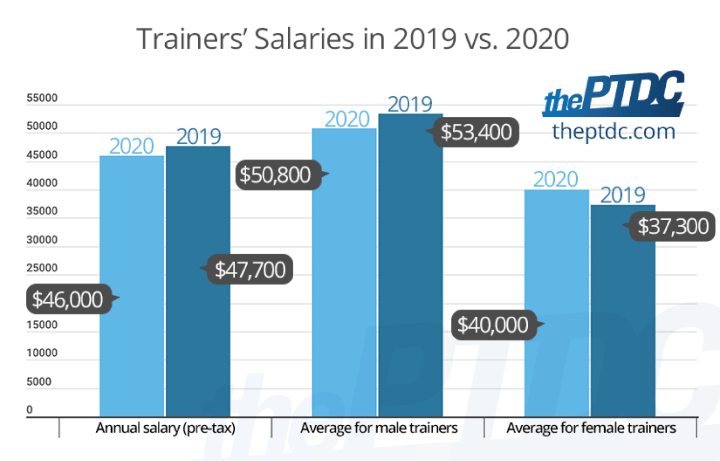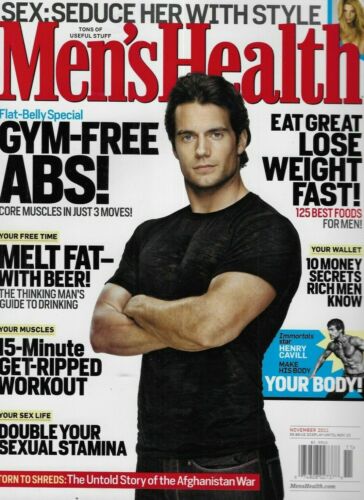
Before you start your career as a personal trainer, it's important to understand what it takes to become one. It is vital that you get a certification. However, there are other things you need to think about, such as your client-facing skills and your knowledge of the latest equipment. You won't get a job that pays well or steady clients if you have a certification. You will need to market and develop relationships with clients even after you have earned a certification. For new exercise techniques and new equipment, you might also be interested in attending workshops and conferences. Learn about the latest equipment for your clients.
Personal trainer qualifications
To become a personal coach, you must have a high-school diploma or equivalent. It is not necessary to have a college degree or specific experience, but many personal trainer certification courses provide practical knowledge and scientific research. They teach students how to design and implement individual training programs for clients. Each organization has its own requirements, but the minimum qualifications are a high school diploma and CPR/AED certified.
Individual trainers must demonstrate excellent customer service skills. They should be able to listen to their clients' concerns about their fitness and recommend exercise routines to meet their needs. These are the qualities applicants should highlight in their resumes.

Certification as a personal instructor
There are many benefits to becoming a certified personal trainer. You will have greater access to clients and also be able assist people in reaching their fitness goals. Personal trainers are able to help people get in shape and live a healthier lifestyle. Attend a training class to earn your certification.
You can pass the personal trainer certification exam in as little as two to three months, depending upon which package you choose. The examination, administered by the NCSF, is easy and straightforward. There are one hundred fifty multiple-choice question that can be answered. They are rated according to their difficulty. You usually have two hours for the test.
There are many study resources that you can purchase to prepare for your exam. The ACSM offers three types of study materials, each ranging in price from $300 to $500. You can also access many publications about fitness and health through a professional membership.
Personal trainer continuing education
Personal trainers should continue their education. Personal trainers are required to renew their certification every two-years. Individual companies may have specific requirements. Personal trainers must have completed at least 20 hours of continuing training in order to remain certified. This will help them gain new knowledge, and improve their skills.

For personal trainers who wish to keep up-to-date on industry standards, it is essential to continue their education. This can help you and your clients' health. It can also offer a glimpse into the future for the fitness industry. After becoming certified, personal training, liability insurance, local fitness centers, and promotion as a certified personal instructor are all possible.
Personal trainers who wish to remain current in fitness trends should continue their education. Research and new studies are published on a regular basis. This will allow you to build your reputation as a trusted authority in fitness. Personal trainers are sought by clients to improve their fitness knowledge.
FAQ
How does caffeine affect my sleep?
Caffeine influences how quickly and how well you fall asleep. Caffeine induces drowsiness which makes it easier to fall asleep. Caffeine keeps you awake for longer periods of time, making it difficult to fall asleep again. Instead of drinking coffee or energy drinks just before bed, you might consider having them in the evening.
How can I get started in fitness?
Start small! Start small by walking around the block for 10 minutes every day. This will allow you to learn the basic movements and give your body time to adjust to the new routine. After you have mastered this basic form of exercise, you can add more steps to your daily schedule.
What does Exercise do for your Body?
Exercise can help you lose weight. Build muscle mass, increase energy, reduce stress, and improve quality of your sleep. Exercise can improve mood, self-esteem and productivity as well as reduce the risk of developing heart disease.
Can I eat while I exercise?
Yes. You can eat what you like while you work out. Low-calorie snacks like watermelon and carrots, celery apples, bananas, grapes, celery, celery, celery, celery, celery, apple, bananas, and carrots are best. These foods have nutrients that can help you perform better in your workouts.
What does Nutrition do for Your Body?
Your body functions properly when you have the right nutrition. To ensure that your body receives adequate nutrition, it is best to eat a balanced meal with lots of fruits and vegetables, lean protein, whole grain, as well as healthy fats.
When I exercise, should I consume alcohol?
It is important to limit your alcohol intake while you are working out. Moderate alcohol consumption (one drink per week) can help increase endurance during training. It may also be beneficial in reducing fatigue and muscle aches that can result from vigorous exercise.
Statistics
- Globally, 81% of adolescents aged 11-17 years were insufficiently physically active in 2016. (who.int)
- In high-income countries, 26% of men and 35% of women were insufficiently physically active, as compared to 12% of men and 24% of women in low-income countries. (who.int)
- In 2018, the World Health Assembly agreed on a global target to reduce physical inactivity by 15% by 2030 and align with the Sustainable Development Goals. (who.int)
- One study showed that adults who watch more than 4 hours of television daily had an 80% higher risk of death from cardiovascular disease. (heart.org)
External Links
How To
How To Burn Belly Fats Faster
Belly Fat is often considered a problem for those who want to lose weight. It's actually a good thing, in fact. Your organs are protected by the fat around your stomach. Let's learn how to quickly burn belly fat.
Lack of exercise and stress are the main reasons we store body fat. The cortisol hormone stimulates stress which makes us hungry. Cortisol levels are increased by insulin. The excess calories are stored as fat by insulin. A lack of sleep leads to adrenaline being released into the system which causes an increased appetite. Exercise helps to break down these extra calories.
There are many ways you can reduce belly fat. You can choose to try any of these options, depending on your budget. Here are some tips to help you get rid of belly fat quickly.
-
Reduce the amount of food you eat. You should eat smaller meals throughout the day than you would if you ate three big meals. You'll eat fewer calories this way.
-
Get plenty of water. Water helps flush out toxins from the body and keeps you hydrated. You won't overeat if you drink water before you eat.
-
Avoid eating unhealthy snacks. If you're looking for quick fixes, snack foods like chips, cookies, candies, etc. It might sound tempting. Avoid these unhealthy treats. They are full of empty calories, too much sugar, and can be very fattening. Choose healthy alternatives like fruits and vegetables, nuts, seeds, whole grains, and seeds.
-
Strength training should be done at least three times per week. Strength training increases muscle mass, which can help you burn more calories while still resting. Strength training strengthens bones, muscles and ligaments. It can also improve the heart, lungs, joints, and other body systems.
-
Move regularly and stretch. Stretching increases flexibility and mobility. It also reduces back pain. Walking is great for burning calories, especially brisk walking for 30 minutes.
-
Reduce alcohol intake. Alcohol adds empty calories to your diet and has no nutritional value whatsoever.
-
Lose weight gradually. Finding out your current weight is the first step in losing weight. Then calculate your ideal weight by adding 5% to 10% of your total body weight. Once you have reached your target weight, begin decreasing your daily calories intake by 500-1 000 calories until you reach your goal.
-
Avoid processed food. These foods contain high levels of sugar, salt, and preservatives. Processed foods are often very convenient but don't provide enough nutrients to keep you healthy.
-
Don't skip breakfast! A good breakfast can improve concentration, memory, as well as energy level. Breakfast should include protein (like eggs), fiber (like oats), and complex carbohydrates (like oatmeal).
-
Have regular bowel movements. Constipation and irregularity cause bloating and gas. Increase your fiber intake and drink lots of water.